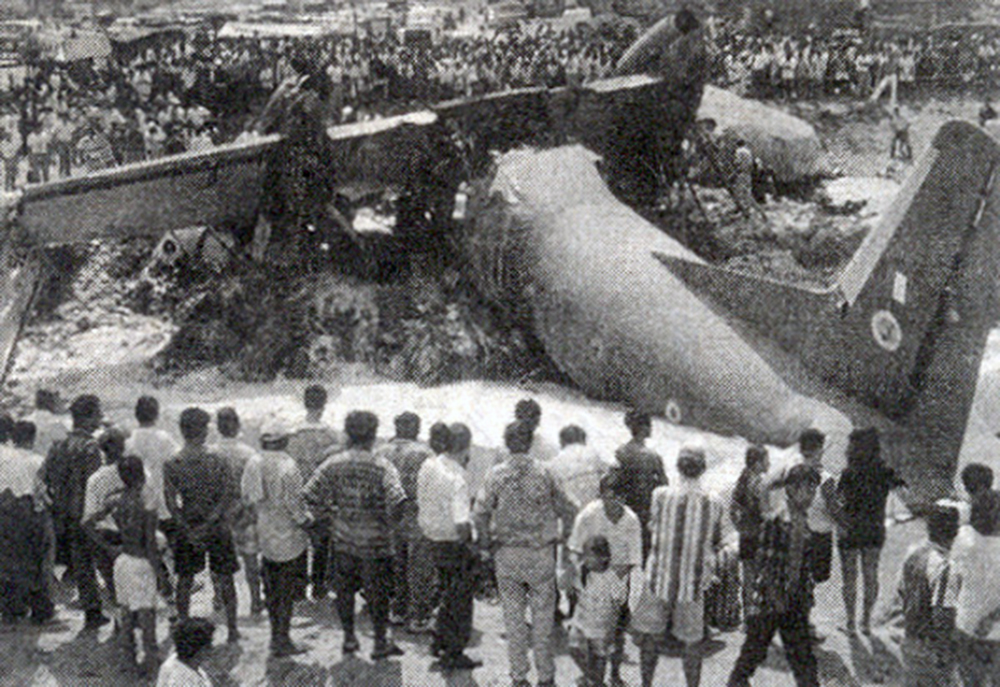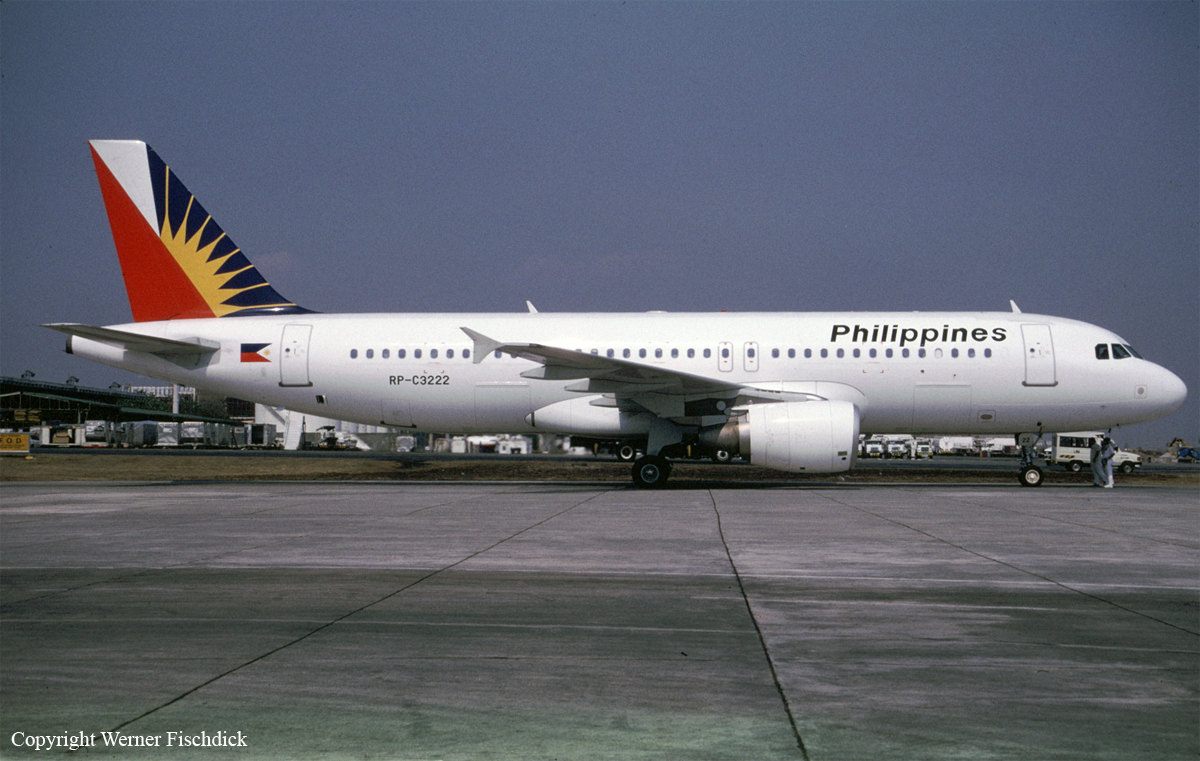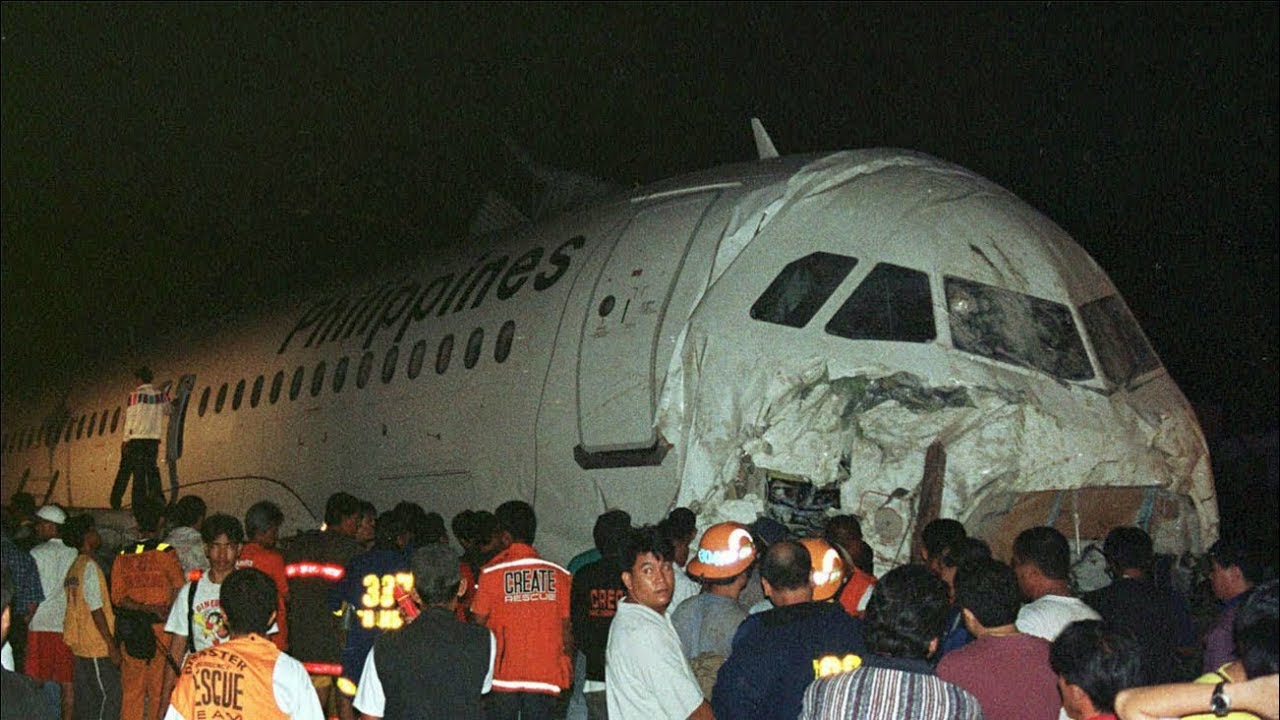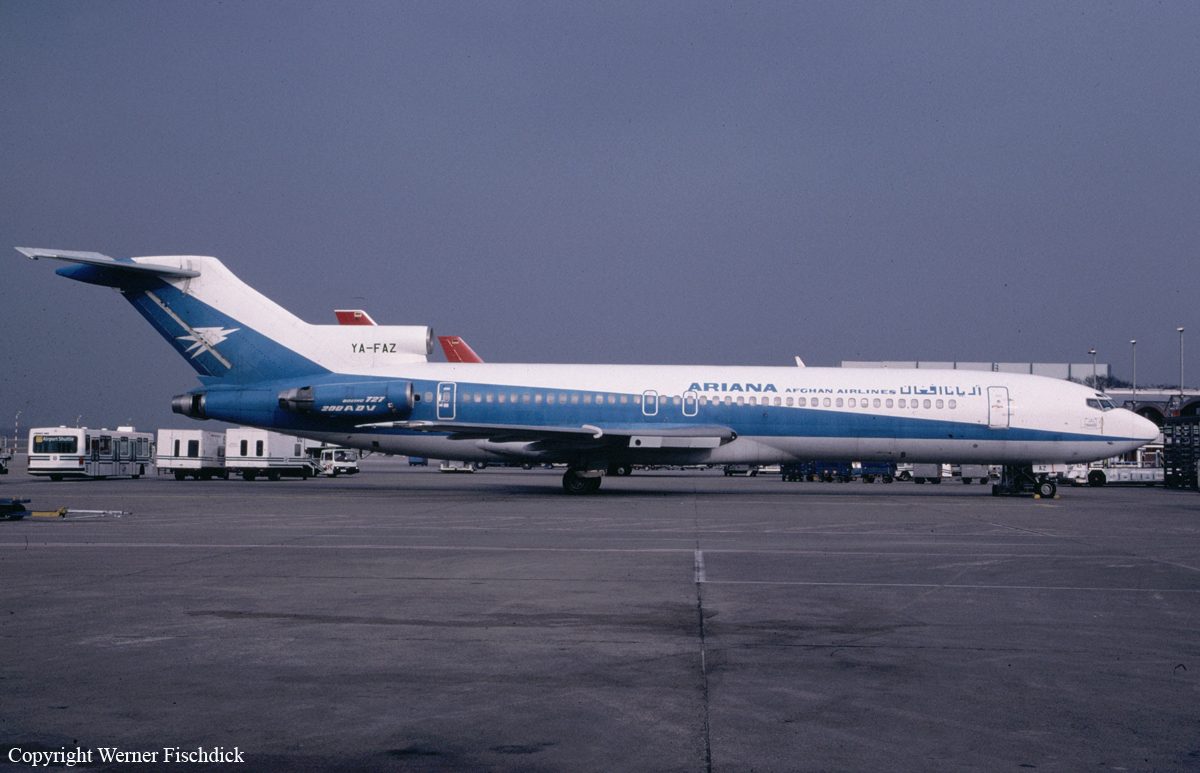Crash of a Short 330-100 in La Lopé
Date & Time:
Apr 23, 1998 at 0800 LT
Registration:
TR-LEH
Survivors:
Yes
Schedule:
Libreville - Booué
MSN:
3075
YOM:
1981
Crew on board:
3
Crew fatalities:
Pax on board:
13
Pax fatalities:
Other fatalities:
Total fatalities:
0
Circumstances:
While approaching Booué Airport, the crew encountered poor weather conditions. As a landing was impossible in such conditions, the crew decided to return to Libreville but en route, ATC confirmed that weather was poor and the crew decided to divert to La Lopé Airport. After landing on a wet runway surface (La Lopé runway is 800 metres long), the aircraft encountered difficulties to stop within the remaining distance and overran. While contacting soft ground, the nose gear collapsed then the aircraft rolled for about 50 metres before coming to rest in a rocky area. All 16 occupants evacuated safely while the aircraft was damaged beyond repair.














